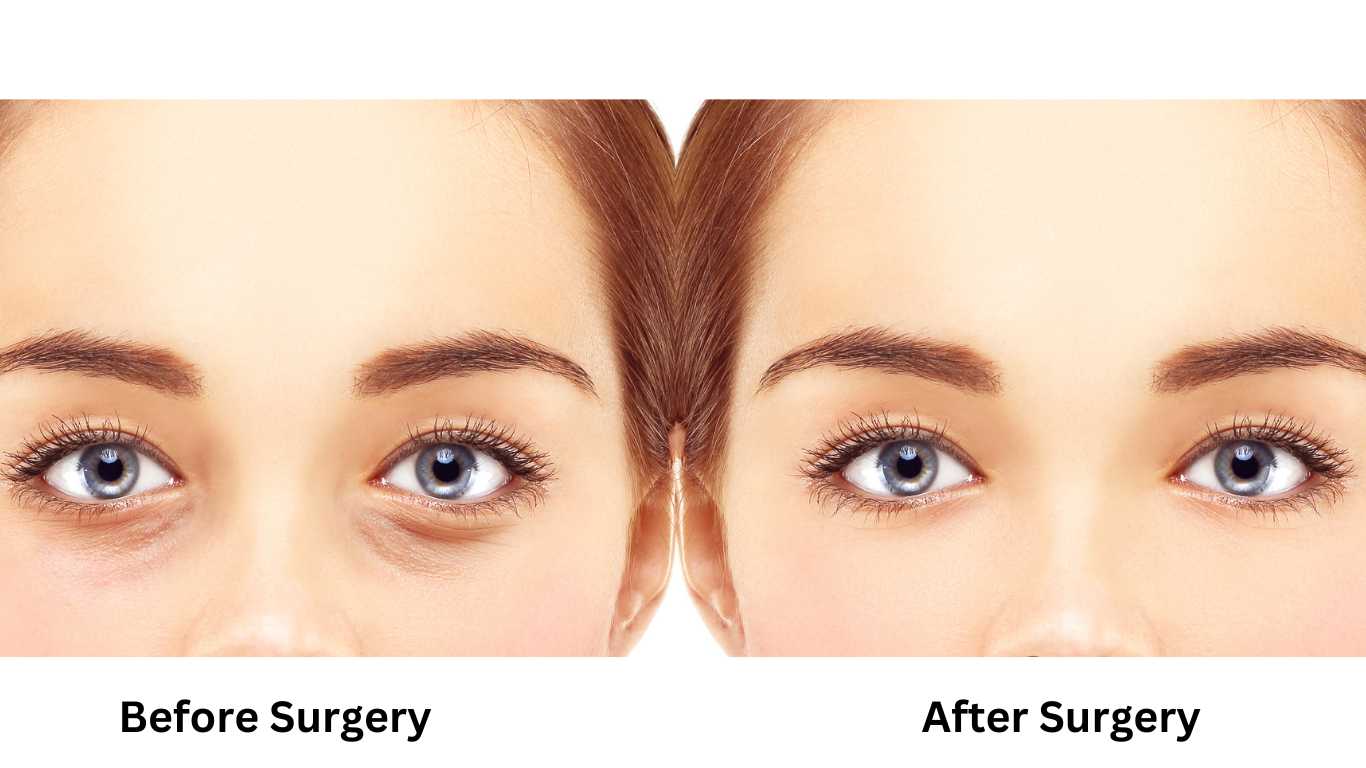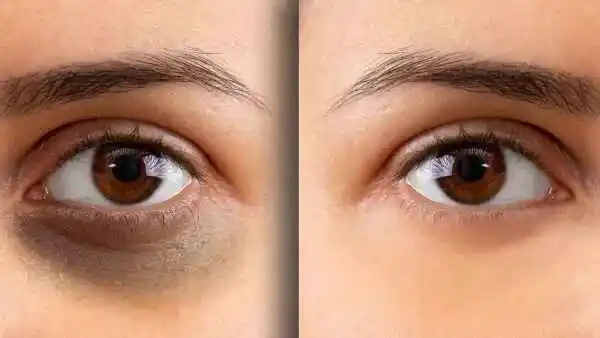While home remedies can be effective for mild cases of dark circles, some individuals may require medical treatments for more pronounced or persistent dark circles. It’s important to consult with a dermatologist or healthcare professional to determine the most appropriate treatment option based on your specific needs and skin condition.
Topical Creams and Bleaching Agents
:max_bytes(150000):strip_icc()/ins-medik8-crystal-retinal-ceramide-eye-ahuang-249-ae12f228d8f549d08592bb79cc282d14.jpeg)
Topical creams containing ingredients such as hydroquinone or tretinoin may be prescribed to lighten dark circles caused by hyperpigmentation. Hydroquinone works by inhibiting melanin production, while tretinoin helps increase cell turnover and promote skin renewal. Combination creams containing both hydroquinone and tretinoin may also be prescribed for more significant pigmentation issues.
Kojic Acid and Azelaic Acid
Kojic acid and azelaic acid are alternative ingredients that can be used to treat hyperpigmentation under the eyes. Kojic acid is derived from certain fungi and has skin-lightening properties. Azelaic acid is naturally found in grains like wheat, barley, and rye, and it helps reduce the production of melanin. These acids can be found in topical creams or serums and are generally safe for long-term use.
Vitamin C Lotion for Lightening Dark Circles

Vitamin C is a potent antioxidant that can help brighten the skin and reduce the appearance of dark circles. A study has shown that a 10% vitamin C lotion applied over a period of 6 months resulted in visible lightening of dark circles. Look for skincare products containing stabilized vitamin C and apply them as directed by your dermatologist.
Chemical Peels and Glycolic Acid
Chemical peels, particularly those containing alpha hydroxy acids like glycolic acid, can help improve the appearance of dark circles by promoting skin exfoliation and cell turnover. Glycolic acid penetrates the skin’s surface and helps remove dead skin cells, revealing a more radiant complexion. Chemical peels should be performed by a qualified professional to ensure safety and optimal results.
Laser Therapy for Targeted Treatment

Laser therapy can be an effective treatment option for reducing the appearance of dark circles. Various laser technologies, such as pulsed dye lasers or diode lasers, can target the blood vessels or pigmentation in the under-eye area. Laser treatments are typically non-invasive and can be customized to suit individual skin types and concerns. Multiple sessions may be required to achieve desired results.
Fillers and Platelet Rich Plasma
In cases where thinning skin or loss of fatty tissue contributes to the appearance of dark circles, fillers or platelet rich plasma (PRP) treatments may be recommended. Fillers, such as hyaluronic acid gel or platelet-rich plasma, can restore volume and provide structural support to the under-eye area. These treatments should only be performed by qualified professionals to ensure safety and natural-looking results.
Blepharoplasty Surgery for Fat Deposits

Blepharoplasty, a surgical procedure, may be considered in cases where dark circles are caused by excess fat deposits or loose skin. During the procedure, the surgeon removes or repositions fat and tightens the surrounding skin to create a smoother, more youthful appearance. It’s important to consult with a board-certified plastic surgeon or oculoplastic surgeon to discuss the potential risks and benefits of the surgery.
Read: How to Reduce Dark Circles Under the Eyes
Prevention Tips for Dark Circles
While there is no foolproof way to prevent dark circles, adopting certain lifestyle practices and skincare habits can help minimize their appearance and maintain overall skin health.
Importance of Quality Sleep and Stress Reduction

Getting enough quality sleep is essential for skin health and overall well-being. Establish a consistent sleep routine and aim for 7-9 hours of sleep each night. Practice stress reduction techniques, such as meditation or deep breathing exercises, to promote relaxation and improve sleep quality.
Sun Protection and UV Sunglasses
Protecting your skin from sun damage is crucial in preventing hyperpigmentation and other skin concerns, including dark circles. Apply a broad-spectrum sunscreen with an SPF of 30 or higher to the under-eye area and wear UV-blocking sunglasses to shield your eyes from harmful UV rays.
Gentle Eye Care and Avoiding Rubbing

The skin around the eyes is delicate and prone to damage. Avoid rubbing or pulling at the under-eye area, as this can lead to increased inflammation and dark circles. Instead, practice gentle eye care by using a soft touch when applying skincare products or removing makeup.
Hydration and Balanced Diet
Proper hydration is essential for maintaining healthy skin. Drink an adequate amount of water each day to keep the skin hydrated and promote a more youthful appearance. Additionally, incorporate a well-balanced diet rich in fruits, vegetables, and nutrient-dense foods to provide essential vitamins and minerals for skin health.
Allergy Management and Hay Fever Prevention

If allergies or hay fever contribute to your dark circles, it’s important to manage these conditions effectively. Consult with an allergist to identify triggers and develop an appropriate treatment plan. This may include allergy medications, avoidance of allergens, or immunotherapy.
Proper Skincare Routine
Establishing a consistent skincare routine can help improve the overall appearance of the under-eye area. Cleanse the skin gently, avoiding harsh scrubbing or excessive rubbing. Apply a moisturizer specifically formulated for the delicate skin around the eyes and use products containing antioxidants to protect and nourish the skin.


